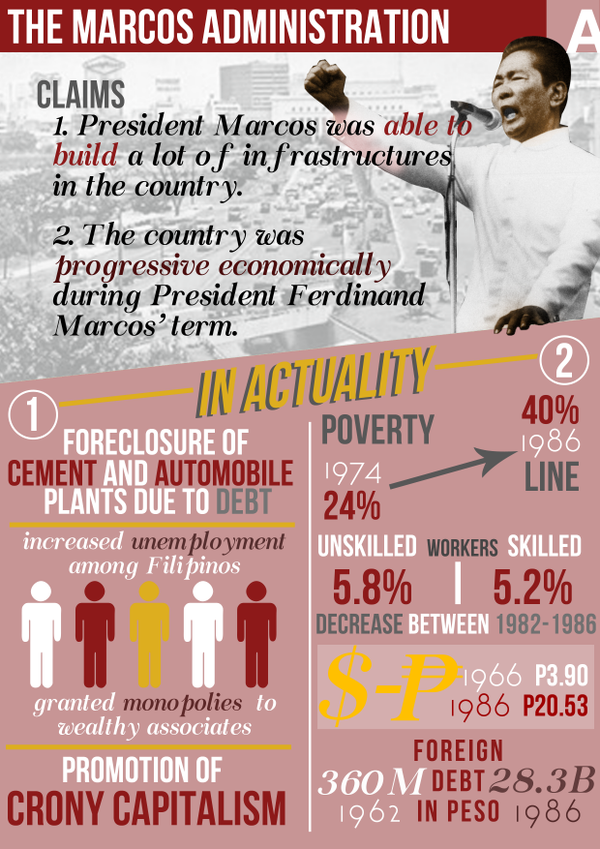The Background And Viewpoint Of Fighting Style: A Deep Dive
The Background And Viewpoint Of Fighting Style: A Deep Dive
Blog Article
Short Article Created By-Barber Francis
Step into the old globe where martial arts were born out of necessity in diverse areas. Societies crafted special battling styles linked with historical contexts. Strategies evolved over centuries via dedicated technique and cultural exchanges. Today, modern-day martial arts mix conventional components for maximum effectiveness. Philosophically, martial arts emphasize discipline, self-improvement, and consistency. Respect, humility, and equilibrium are foundational principles leading professionals towards growth and resilience. Explore the depths of this rich history and approach to discover the extensive impacts forming this long-lasting discipline.
Origins of Fighting Style
Fighting style originated in various regions around the world, progressing as useful battle systems to defend against risks. These old combating styles were developed out of requirement, with each society crafting methods fit to their special atmospheres and obstacles. From the grappling arts of Jujutsu in Japan to the striking methods of Kung Fu in China, martial arts were deeply linked with the historic, social, and cultural textile of their corresponding societies.
In Japan, the samurai class refined martial arts like Kenjutsu, the art of the sword, which later on evolved right into the more popularized kind of Kendo. At the same time, in Brazil, Capoeira emerged as a mix of dance and battle, created by enslaved Africans as a method to withstand injustice. Each fighting style carries with it a rich history and viewpoint, showing the values and beliefs of the people who exercised them.
As you look into the beginnings of martial arts, you reveal a tapestry of human resourcefulness, durability, and the unrelenting spirit of warriors throughout time.
Development of Methods
Via centuries of method and improvement, combat strategies within different martial arts have actually undergone an extensive development. From ancient designs like Kung Fu and Martial arts to much more modern techniques such as Brazilian Jiu-Jitsu and Krav Maga, the advancement of methods has actually been driven by a mix of cultural influences, functional applications, and technological innovations.
One significant aspect of this evolution is the cross-pollination of strategies in between different martial arts. For instance, strategies from standard Japanese Jiu-Jitsu were integrated into the creation of Judo by Jigoro Kano in the late 19th century. This blending of designs has led to the development of crossbreed martial arts like Mixed Martial Arts (MIXED MARTIAL ARTS), which integrate aspects of striking, grappling, and submission techniques.
Additionally, the advancement of strategies has actually been shaped by the raising focus on effectiveness and performance in fight. Practitioners have actually continuously sought to improve their techniques through strenuous training, trial and error, and competitors, bring about the growth of very specialized and effective combating styles. In general, the advancement of methods in martial arts reflects the dynamic nature of combat and the ongoing mission for enhancement and innovation.
Philosophical Structures
Discovering the underlying philosophical concepts of martial arts offers insight into their core worths and assisting beliefs. At the heart of many martial arts disciplines is the idea of technique itself. By training your mind and body to serve as one cohesive unit, you cultivate technique that extends past the dojo or health club right into daily life. This discipline includes regard, humility, and self-control, forming not just your physical capabilities yet likewise your character.
An additional essential philosophical structure in martial arts is the concept of continuous self-improvement. The trip of understanding a fighting style is never-ending, with professionals regularly striving to better themselves, both literally and emotionally. This concentrate on development promotes durability, willpower, and a development attitude that can be applied to all facets of life.
Additionally, martial arts emphasize the value of harmony and equilibrium. Strategies are developed to make use of an opponent's energy against them, highlighting the concept of yielding and rerouting force as opposed to satisfying it head-on. This ideology reaches interpersonal relationships, promoting calm resolutions and good understanding. By accepting these thoughtful foundations, martial artists not only enhance their fight abilities yet likewise grow a lifestyle centered on individual growth, regard, and harmony.
please click the up coming article
To conclude, the history and approach of martial arts offer a rich tapestry of practice, self-control, and self-improvement.
Take for https://selfdefensewomancom34333.blogvivi.com/33801001/the-function-of-martial-arts-in-promoting-self-confidence-and-technique-for-both-grownups-and-kids of Bruce Lee, that changed martial arts by mixing various styles and ideologies to produce his own one-of-a-kind kind of Jeet Kune Do.
Through dedication and development, martial musicians continue to push limits and influence others to reach their full capacity both in battle and in life.
